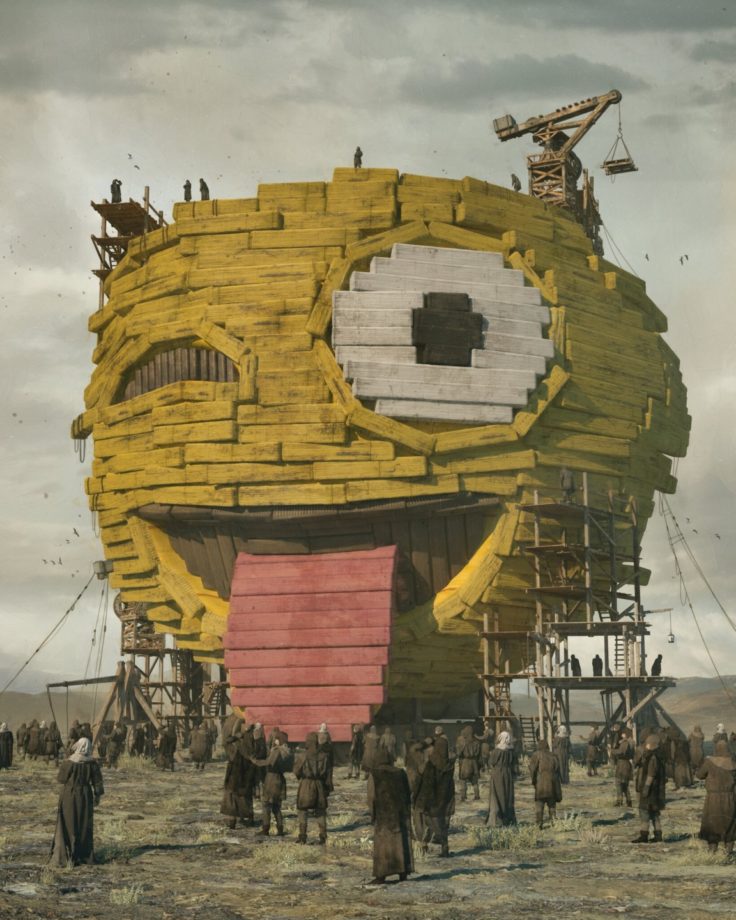The exciting new crypto-world trend is about art and more generally about digital collectible pieces of art.
The artistic community and not only, has recently discovered NFTs and the advantages that these digital tokens can bring to artists and buyers. But what exactly is it about?
In the rapidly growing digital art market, NFTs, or Non Fungible Tokens, play a key role. These digital tokens allow digital art buyers to be proud of having acquired the authentic copy of a digital artifact that people can freely view and use on multiple platforms. The NFT connected to the digital work is in fact saved on the blockchain, demonstrating to the artistic community that the owner of this token is the person who owns the digital work connected to it, decreasing the possibilities to counterfeit or duplicate the digital piece.
NFTs transport the concept of “rarity” from the classic concept of art into the innovative sphere of digital art. As Dannie Chu, CEO of MakersPlace a trading platform of NFT states: “There are hundreds of thousands of prints and reproductions of the Mona Lisa, but since they are not the original created by Leonardo they are definitely worth much less. The same principle applies to NFTs: you can copy and paste an image or video but the original, digitally signed by the artist, that’s what has value”.
By leveraging to blockchain and NFTs, digital artists, musicians, and beyond can thus attribute an economic value and make money selling their digital goods that would otherwise be accessible to all.
The growth in the turnover of the NFT has been exponential. According to Crypto.art portal, in November 2020 sales of NFT-based art had reached the value of about 1.5 million dollars growing to exceeding 10 million in January 2021 and reaching 120 million dollars in March.
But appearances can sometimes be deceiving, and if that’s the case of NFT it still needs to be evaluated.
What is certain is that each great pro brings with it equally important cons. As far as NFTs are concerned, the discussions mainly revolve around the possibility of creating and selling different NFTs for the same digital work, the risk that secondary people may take possession of a virtual job online and try to resell it, and, finally, the consequences connected with the environmental impact since NFT use the same environmentally unfriendly mining mechanism of bitcoin, makes the creation of cryptocurrencies so wasteful from an energy point of view.
Although the cons of the NFT are many and still to be deeply investigated and addressed, this innovation have succeeded in bringing great value to the digital art sector, putting at stake the concept of uniqueness and rarity very often not considered, giving to this branch of art a future of growth and success equal to what non-digital art reserved for itself until now.
Picture: Beeple; The First Emoji (beeple-crap.com)


